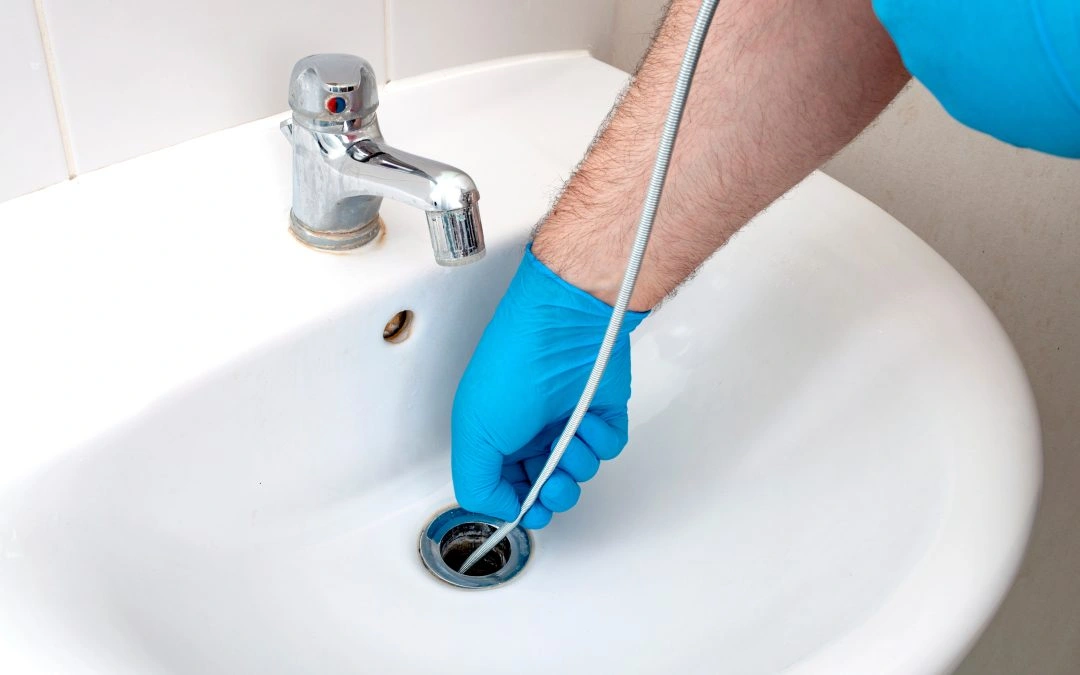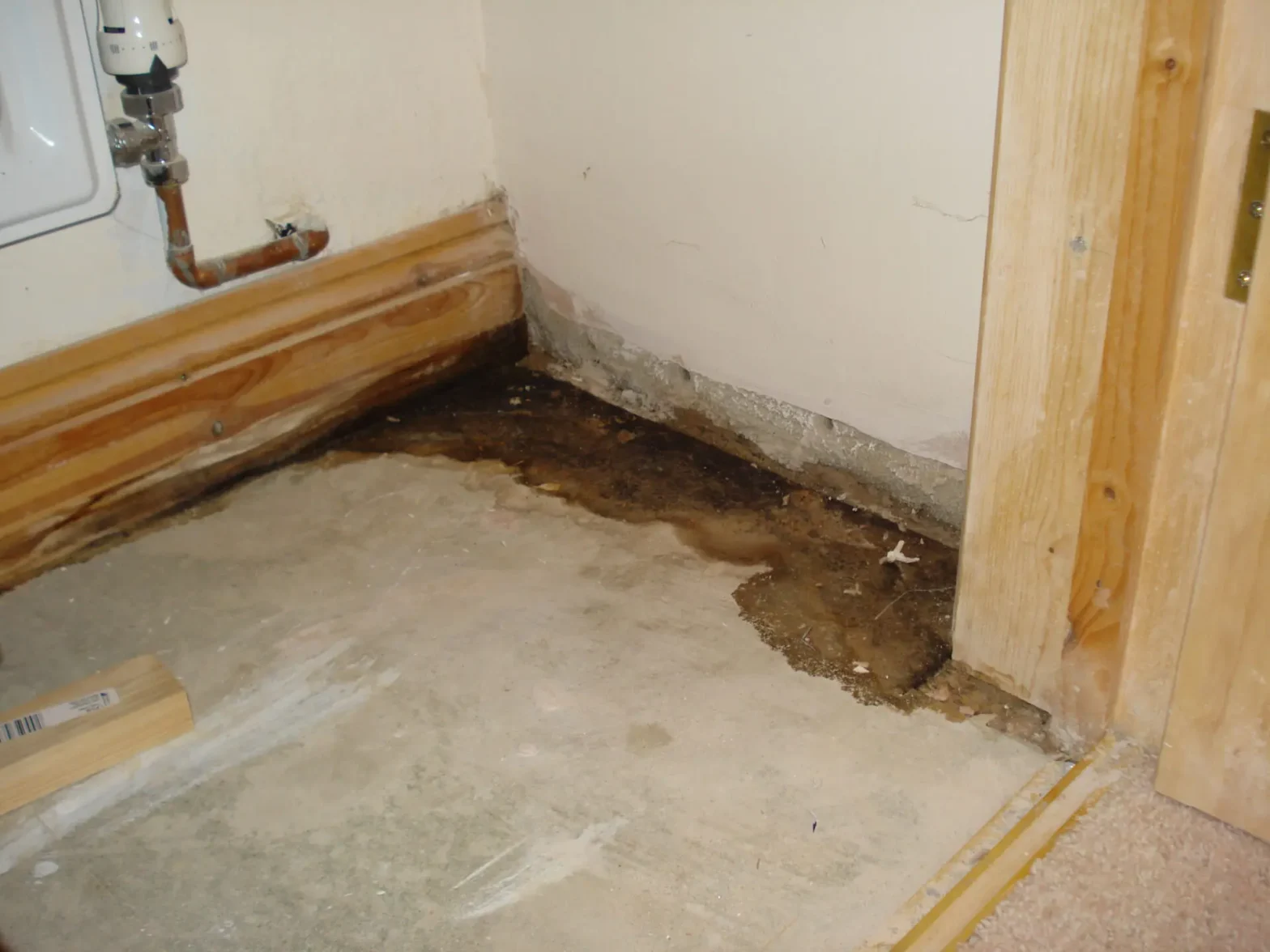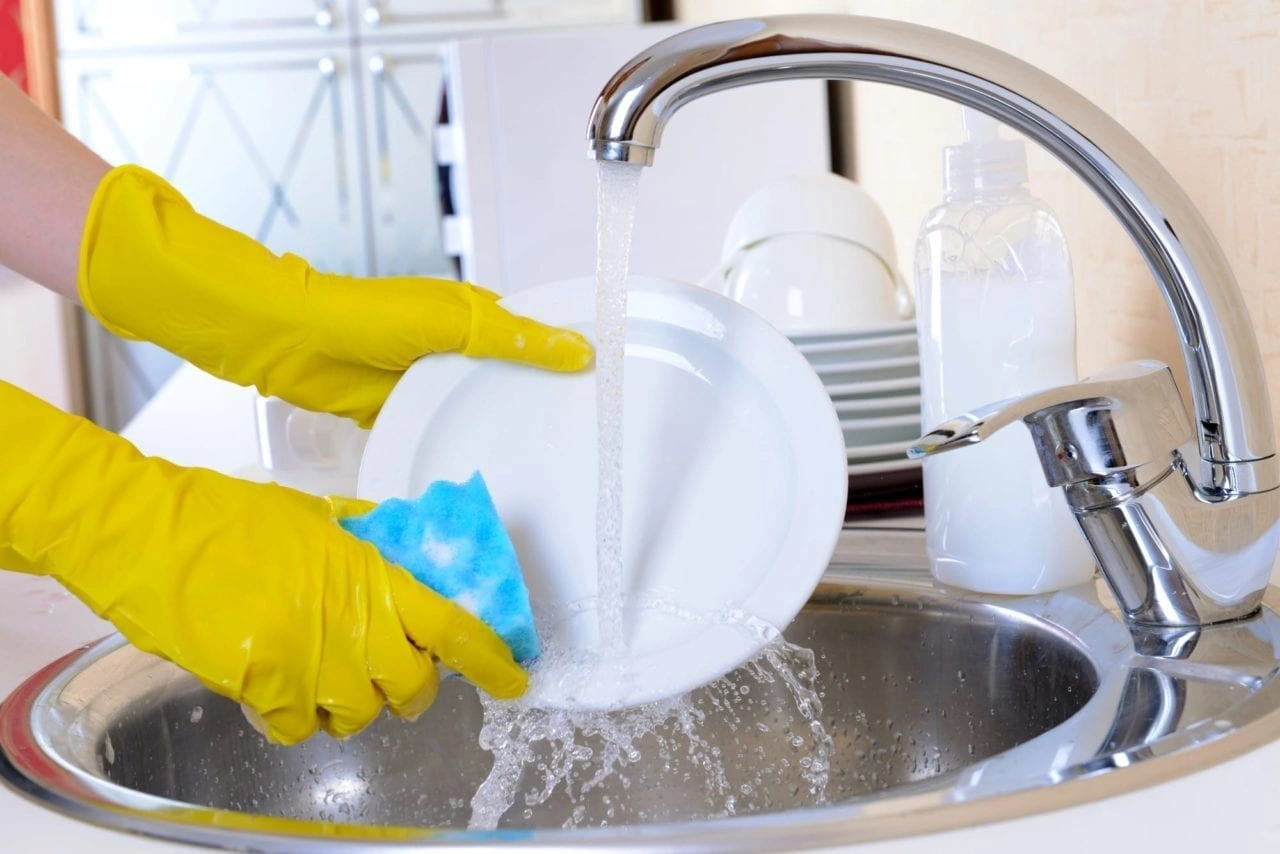A Complete Guide to Understanding the Different Types of Drains in Your Home
Drains are the unsung heroes of your home’s plumbing system, working tirelessly to remove wastewater and keep your household running smoothly. However, not all drains are created equal. Each type of drain in your home serves a specific purpose and faces unique challenges, from kitchen sinks clogged with grease to bathroom drains plagued by hair. Understanding these differences is essential to maintaining a functional plumbing system and avoiding costly repairs.
Drain cleaning, in simple terms, removes debris, buildup, and blockages from your home’s drainage system to ensure water flows freely. Over time, substances like soap scum, grease, and hair can accumulate in your pipes, leading to slow drainage, backups, or even full-blown clogs. A comprehensive understanding of the various waste pipes in your home can help you identify potential problems early and take the necessary steps to keep them in top condition.
Let’s look at the most common types in your home, their problems, and how to address them effectively.
Kitchen Sink Drains
Kitchen sinks are among the most heavily used in any home. They handle wastewater from dishwashing, food preparation, and cleaning tasks, so they’re constantly exposed to grease, food particles, and soap residue. Over time, these materials can build up inside the pipes, creating stubborn clogs that slow water flow or cause backups. Grease, in particular, is a major culprit; when poured down the drain, it cools and solidifies, adhering to the pipe walls and trapping other debris.
Food particles are another common issue. Even if you have a garbage disposal, large or fibrous food scraps, like potato peels or celery stalks, can create blockages. Soap residue combined with grease and food particles can form a sticky layer inside the pipes, further reducing their diameter. To avoid these issues, it’s essential to dispose of grease and food waste properly. Use a sink strainer to catch food debris and periodically flush the drain with hot water and a mixture of baking soda and vinegar to break down buildup.
Bathroom Sink Drains
Bathroom sink drains are designed to handle water from grooming activities like washing hands, brushing teeth, and shaving. However, they often become clogged due to hair, toothpaste, and soap residue. Hair is especially problematic because it tangles with other pipe debris, forming clumps obstructing water flow. Although seemingly harmless, toothpaste can harden inside the pipes over time, further contributing to slow drainage.
Additionally, bathroom sinks are prone to accidental blockages caused by small objects like jewelry or hairpins slipping down the drain. These items can get lodged in the pipes, creating more severe clogs. Use a drain stopper or screen to catch hair and debris and maintain your bathroom sink drain. Clean the stopper regularly and avoid rinsing large amounts of toothpaste or other grooming products down the sink.
Shower and Bathtub Drains
Shower and bathtub drains are essential for managing wastewater during bathing. These waste pipes face unique challenges as they handle large volumes of water, soap, shampoo, and hair. Hair accumulation is the leading cause of clogs in these waste pipes. During bathing, hair sheds and gets washed down the drain, where it tangles with soap scum and other debris, forming dense clogs.
Soap scum and body oils can also create a sticky residue on the pipe walls, narrowing the passage for water and contributing to slow drainage. In areas with hard water, mineral deposits may form inside the pipes, exacerbating existing clogs and further reducing water flow. Installing a hair catcher is one of the simplest ways to prevent these issues. Regularly cleaning the drain with a mixture of vinegar and baking soda can help dissolve soap scum and oils, while professional cleaning can address more stubborn clogs.
Toilet Drains
Toilet drains are designed to handle human waste and toilet paper, but they are often misused as a disposal system for non-flushable items. Products like baby wipes, feminine hygiene products, and paper towels are not meant to be flushed and can cause severe clogs. Even “flushable” wipes do not break down easily and can accumulate in the pipes, leading to blockages.
Hard water deposits are another issue that affects toilet drains. Over time, minerals in the water can build up inside the pipes, narrowing their diameter and making clogs more likely. Tree roots can also invade underground sewer lines connected to your toilet drain, causing significant damage and backups. To maintain your toilet drain, only flush toilet paper and human waste. If you notice frequent clogs or slow drainage, it’s best to consult a professional plumber to inspect your sewer line.
Floor Drains
Floor drains are typically found in basements, laundry rooms, garages, or outdoor areas. They are designed to remove standing water and prevent flooding in these spaces. However, the floor can become clogged with dirt, debris, and other materials accumulating over time.
A common problem with floor drains is dry traps. These have a U-shaped trap that holds water to block sewer gases from entering your home. If the drain isn’t used regularly, the water in the trap can evaporate, allowing foul odors to escape. Floor drains are also connected to the main sewer line, so any blockage in the line can cause wastewater to back up through the drain. To keep your floor functioning correctly, clean them regularly and pour water into the trap periodically to keep them filled.
Laundry Drains
Laundry drains handle wastewater from your washing machine, often containing lint, detergent, and dirt. Lint buildup is a common issue, as tiny fibers from clothing can collect in the drain and form clogs. Excessive use of detergent can also create a sticky residue inside the pipes, trapping lint and other debris.
Sometimes, small items like coins or buttons that fall out of clothing during the wash can become lodged in the drain, causing blockages. To prevent these problems, use a lint trap on your washing machine’s drain hose and inspect it regularly. Avoid overloading your washing machine with detergent, and clean the drain hose periodically to ensure smooth water flow.
Outdoor Drains
Outdoor drains, such as those in driveways, patios, and yards, are designed to manage rainwater and runoff. These often face issues with debris like leaves, dirt, and twigs, which can block water flow and cause pooling or flooding. During heavy storms, outdoor waste pipes may become overwhelmed if they aren’t maintained properly or if their capacity is insufficient for the volume of water.
Tree roots are another common problem for outdoor waste pipes. Roots can invade underground pipes, causing cracks or blockages that disrupt water flow. Regularly clearing debris from outdoor drain covers is essential to keep them functioning effectively. If you suspect tree root intrusion or notice persistent drainage issues, a professional inspection can identify the problem and provide a long-term solution.
How AllStar Plumbing Can Help
Each drain in your home is vital in maintaining a clean, functional, and safe living environment. By understanding each drain’s unique challenges and maintenance needs, you can proactively avoid clogs, backups, and costly repairs.
If you’re dealing with slow drains, clogs, or other plumbing issues, AllStar Plumbing is here to help. Our experienced plumbers specialize in drain cleaning, repair, and maintenance.
Contact AllStar Plumbing today for reliable, professional drain services, and let us help you keep your plumbing system running efficiently!








